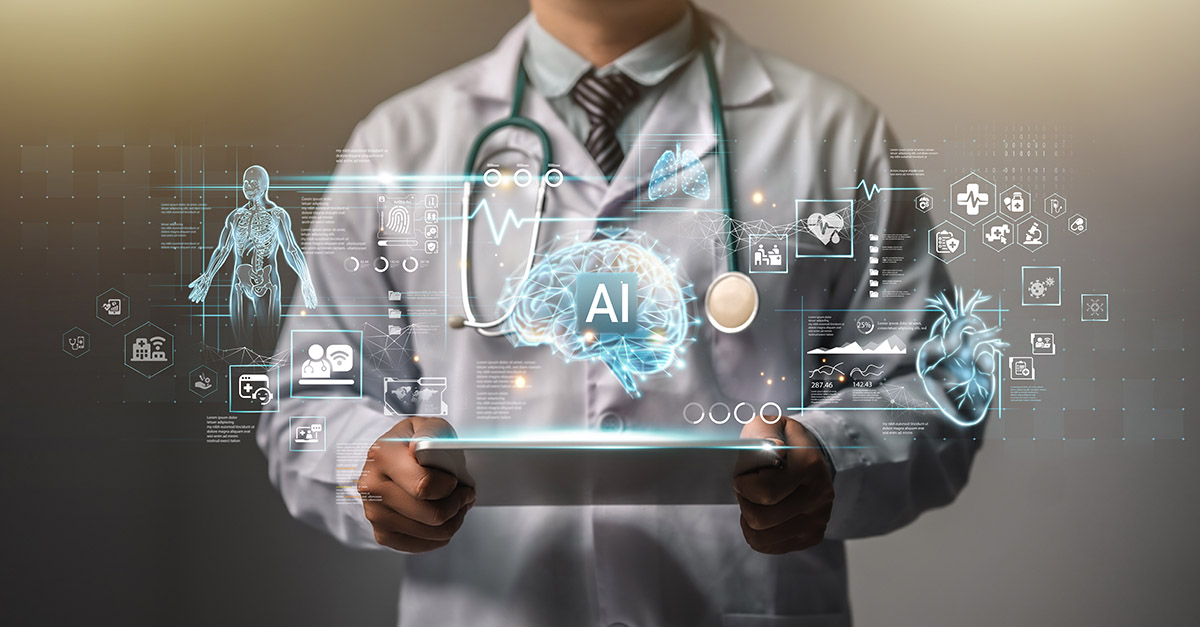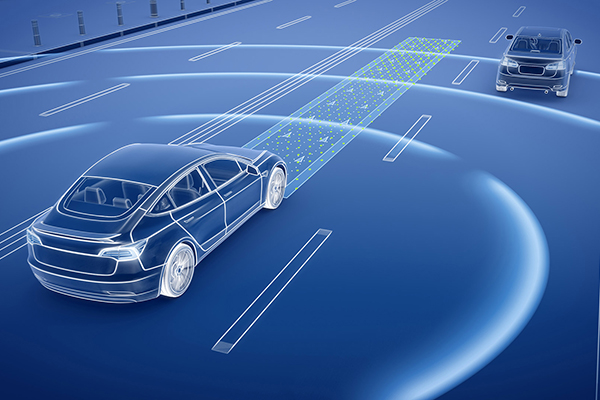The field of medicine stands on the cusp of a profound transformation, largely driven by the integration of Artificial Intelligence (AI), a market set to be worth hundreds of billions of dollars. Among its most impactful applications is its role in medical imaging. AI algorithms are not just assisting radiologists but actively revolutionizing diagnostic capabilities, making it a key segment in the AI-enabled medical devices market, which is estimated to reach USD 255.76 billion by 2033. From identifying microscopic tumors to detecting subtle fractures and early signs of eye diseases, AI is enhancing precision, accelerating diagnoses, and ultimately, saving lives.
The Evolving Landscape of Radiology: Why AI is Indispensable
Radiology has always been at the forefront of medical diagnostics, providing invaluable insights into the human body through X-rays, CT scans, MRIs, and ultrasounds. However, the sheer volume of images generated daily presents an enormous challenge. Radiologists face increasing pressure to interpret more images, faster, with unwavering accuracy, all while battling potential fatigue and the inherent limitations of the human eye. This is where AI steps in as a powerful ally, offering an objective and tireless ‘second set of eyes.’
AI’s strength lies in its ability to process vast datasets, identify complex patterns, and learn from millions of images, a scale impossible for human cognition alone. Machine learning, particularly deep learning, allows AI models to detect subtle anomalies that might be missed by the human eye, thereby enhancing diagnostic accuracy and reducing diagnostic errors.
AI Algorithms: Pinpointing Tumors with Unprecedented Accuracy
One of the most critical applications of AI in medical imaging is in oncology, specifically in the early detection and characterization of tumors. Early detection significantly improves patient outcomes, and AI is proving to be a game-changer in this regard.
For instance, AI algorithms are being developed and deployed to analyze mammograms for breast cancer, lung CT scans for pulmonary nodules, and prostate MRIs for cancerous lesions. These algorithms can highlight suspicious areas, quantify tumor growth, and even predict the likelihood of malignancy. Companies such as Aidoc are at the forefront of this, developing AI solutions that triage urgent cases by flagging critical findings such as intracranial hemorrhage or pulmonary embolism in CT scans, ensuring that radiologists prioritize the most time-sensitive cases. Their Always-on AI platform integrates seamlessly into existing workflows, providing real-time analysis and reducing turnaround times for critical diagnoses.
In a practical scenario, an AI system analyzing a lung CT scan can identify a tiny nodule that a human might overlook and track its size and morphology over time with high precision, aiding in distinguishing benign from malignant lesions and monitoring treatment efficacy. This capability extends to various other cancers, offering a glimmer of hope for earlier intervention and personalized treatment plans.
Beyond Bones: AI for Rapid Fracture Detection
Fracture detection might seem straightforward, but in high-volume emergency settings, subtle fractures can be missed, leading to delayed treatment and potential complications. AI algorithms are invaluable here, especially for complex cases or scenarios where radiologists are overwhelmed.
AI can quickly analyze X-ray images, identifying even hairline fractures or those obscured by other anatomical structures. For example, AI-powered systems can review thousands of skeletal X-rays and flag potential fractures, allowing radiologists to focus on these specific areas for definitive diagnosis. This speeds up the diagnostic process and reduces the cognitive load on emergency room radiologists. Case studies have shown AI tools achieving sensitivity and specificity comparable to, or even exceeding, human performance in identifying certain types of fractures, particularly in regions such as the wrist or ankle.
Protecting Vision: AI’s Role in Diagnosing Eye Diseases
The eyes are often called windows to our health, revealing signs of systemic diseases long before they manifest elsewhere. AI is transforming ophthalmology by enabling early and accurate diagnosis of prevalent eye conditions such as diabetic retinopathy, glaucoma, and macular degeneration.
For example, earlier this year, in March 2025, a collaboration between the machine learning company insitro and the INSIGHT Health Data Research Hub at Moorfields Eye Hospital was announced, which aims to advance drug discovery for neurodegenerative diseases. The partnership will use a massive dataset of 35 million ophthalmic images to create an AI model. This model will identify eye-based signatures linked to dementia risk and progression, helping to find new targets for drug development. The collaboration emphasizes patient data privacy and is expected to accelerate neuroscience research.
The Future is Collaborative: AI as a Radiologist’s Partner
It is crucial to understand that AI in medical imaging is not about replacing radiologists but empowering them. AI tools are designed to augment human expertise, not diminish it. They handle repetitive, high-volume tasks, allowing radiologists to dedicate more time to complex cases, patient consultations, and continuous learning.
The integration of AI also fosters a more standardized and objective diagnostic process, reducing inter-observer variability and improving the consistency of diagnoses across different healthcare settings. As AI models evolve and become more sophisticated, their capabilities will expand to predictive analytics, forecasting disease progression, personalizing treatment strategies, and even assisting in drug discovery.
Path Ahead The future of diagnostic breakthroughs lies in the symbiotic relationship between human expertise and artificial intelligence. By embracing AI as a powerful diagnostic partner, radiology is not just advancing; it’s undergoing a revolution that promises earlier diagnoses, more precise treatments, and ultimately, better health outcomes for millions worldwide. The journey has just begun, and the horizon for AI-enabled medical imaging is brighter than ever.
















